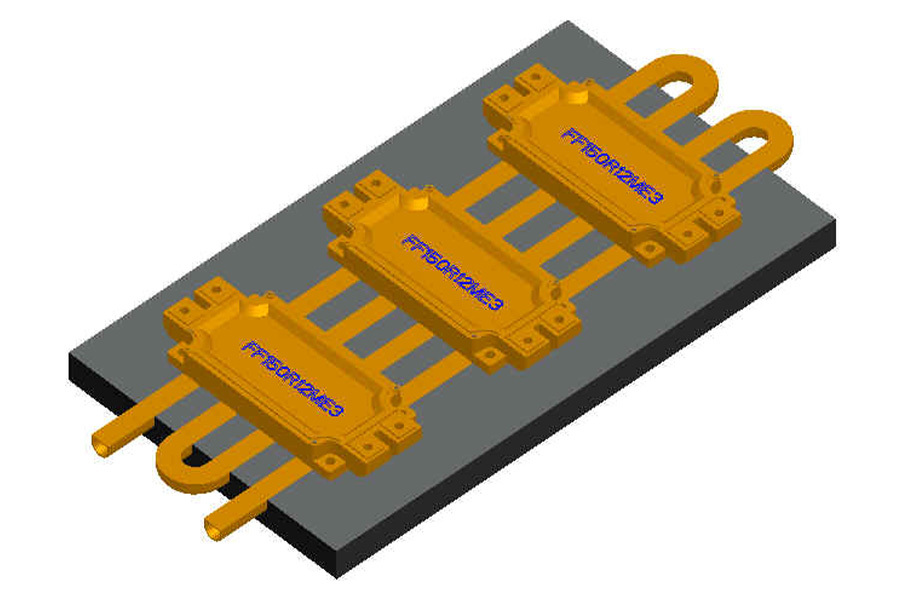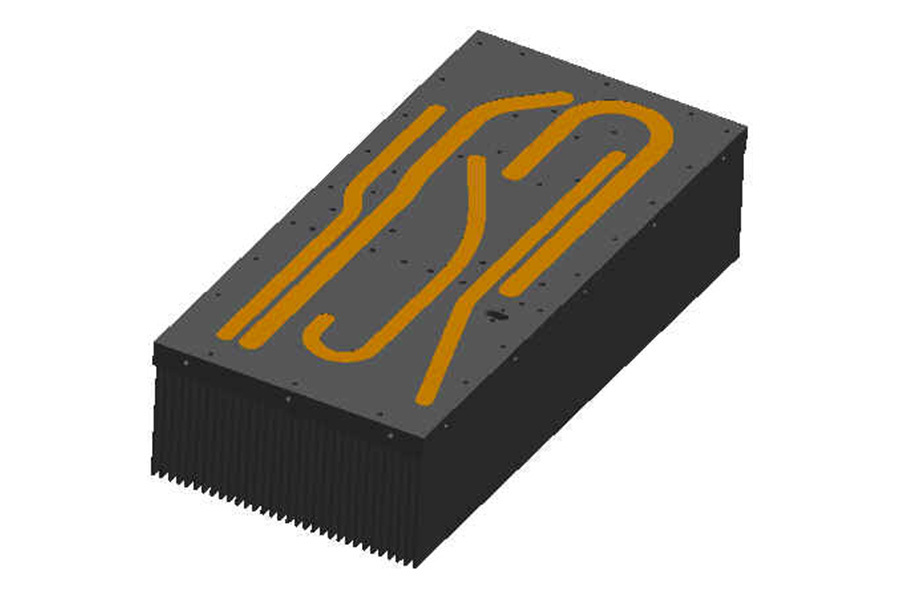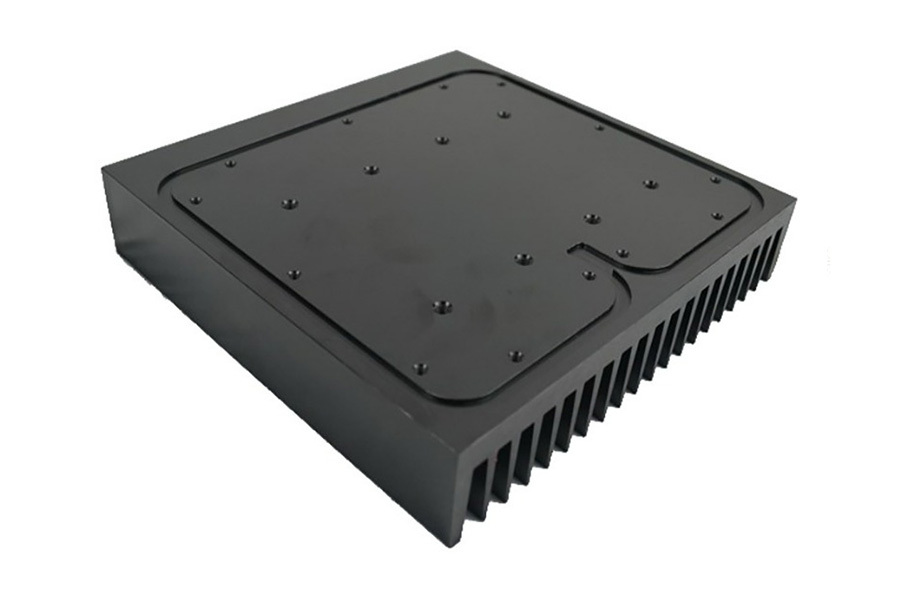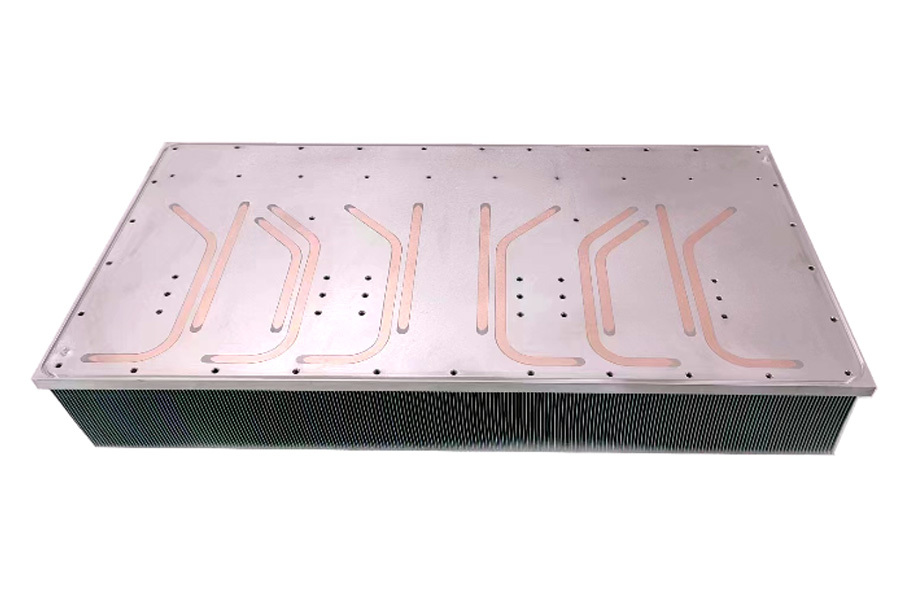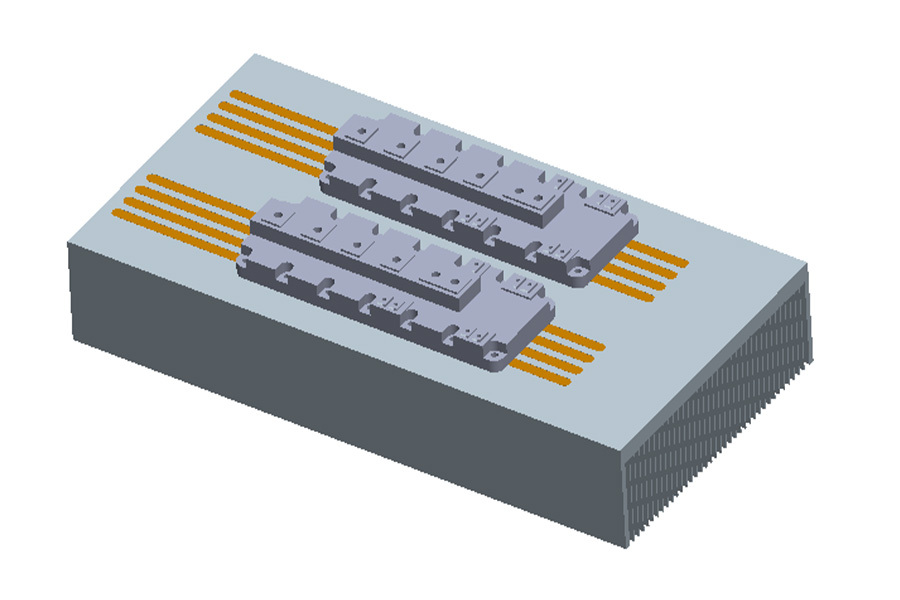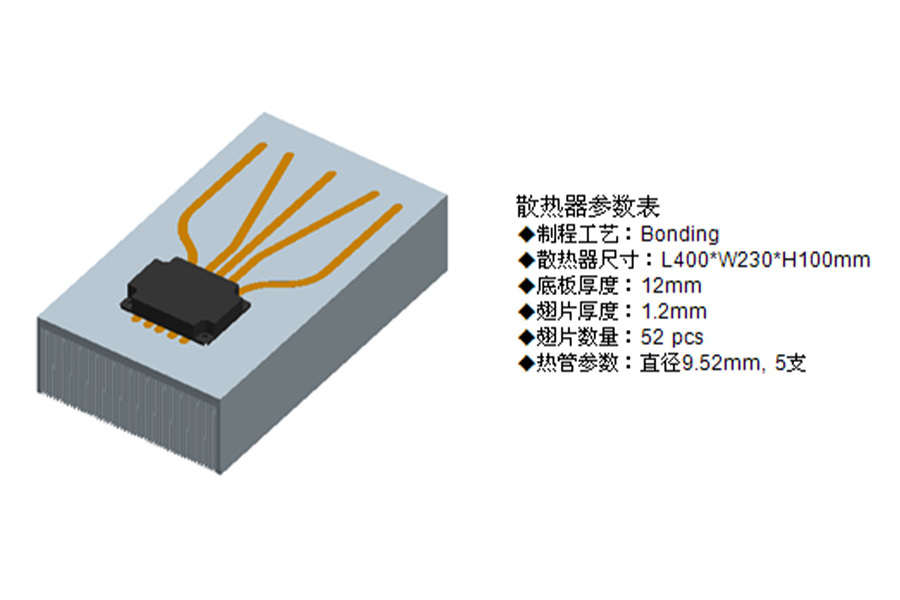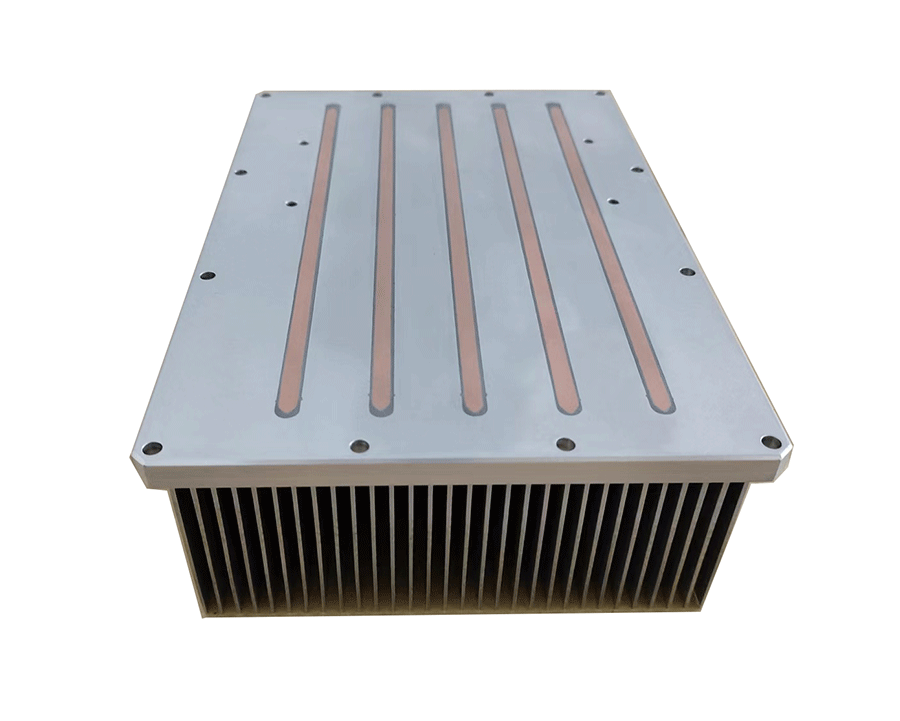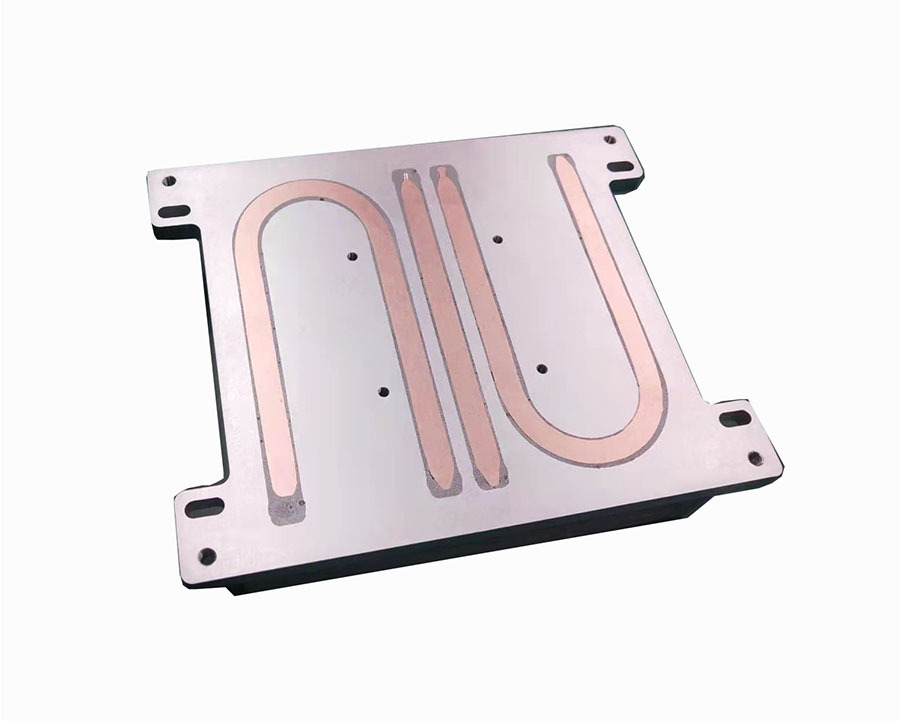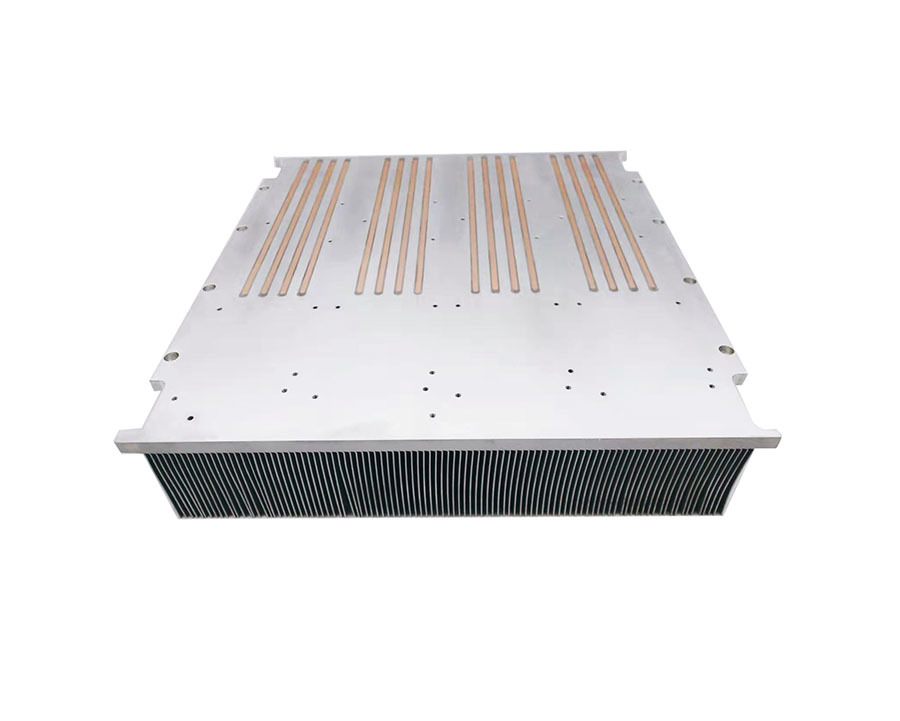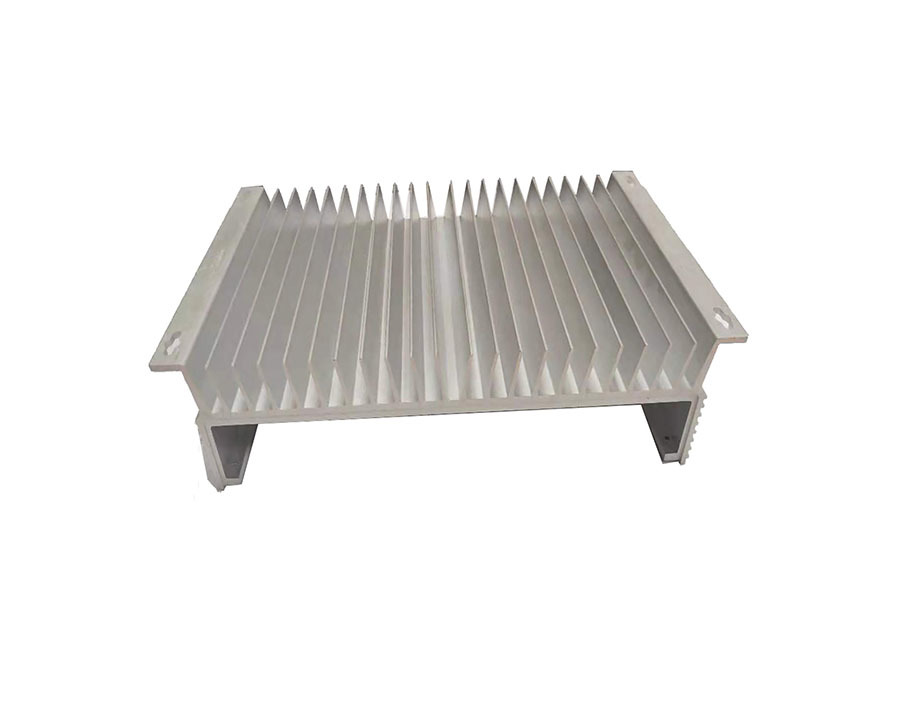Inverter Cooling
The heat dissipation methods of the inverter include the use of heat sinks, fan heat dissipation, heat pipes, heat dissipation adhesives, heat dissipation structure design, temperature control and optimized air circulation.
What are the application scenarios of inverters?
1. Solar power generation system
Inverters can convert the DC power generated by solar panels into AC power for use in the power grid or storage in batteries.
2. Wind power generation system
Inverters convert the DC power generated by wind turbines into AC power for use or storage.
3. Electric vehicle charging
In charging piles, inverters convert AC power into DC power to charge electric vehicles.
4. Industrial control
In industrial automation and robotics, inverters are often needed to convert electrical power from AC to DC or DC to AC to better control equipment.
5. Automotive electronics
In automotive electronics-related equipment, inverters can convert the DC power of car batteries into AC power for use in related equipment.
6. Household appliances
Inverters can enable household appliances to use DC power sources such as solar energy and batteries, rather than relying solely on city electricity.
In summary, inverters are widely used in solar and wind power generation, electric vehicle charging, industrial control, automotive electronics, and household appliances. Using inverters can improve energy efficiency and make the use of new energy more popular and convenient.
Purpose and requirements of inverter heat dissipation
To ensure that the equipment can still operate normally in a high temperature environment and prevent failures and damage caused by overheating. Effective heat dissipation can reduce the temperature of the equipment and extend its service life.
The heat dissipation principle of the inverter mainly includes three methods: heat conduction, convection and radiation.
When the inverter is working, the internal active components such as switch tubes (IGBT, MOSfet), magnetic core components (inductors, transformers), etc. will generate heat. When the temperature exceeds a certain range, it will affect the performance and stability of the inverter and even cause equipment damage. Therefore, heat dissipation has become an indispensable part of inverter design.
Suggestions for improving inverter heat dissipation
1. Use high-efficiency heat dissipation components: such as high-quality fans, high-efficiency radiators, etc. to improve heat dissipation efficiency.
2. Optimize heat dissipation design: Rationally arrange components to reduce obstacles in the heat transfer path; increase the heat dissipation area to improve heat dissipation performance.
3. Control ambient temperature: Lower the temperature of the environment where the inverter is located, such as installing air conditioners, ventilation equipment, etc., which helps to reduce the internal temperature of the inverter.
Inverter heat dissipation methods and characteristics
1. Natural heat dissipation: Use air convection to dissipate the heat inside the inverter to the environment. Suitable for small, low-power inverters.
2. Forced air cooling: Use fans and other equipment to force cold air into the inverter to take away the heat. Suitable for medium and large, high-power inverters.
3. Liquid heat dissipation: Use circulating coolant to take away the heat inside the inverter. Excellent heat dissipation effect, but high cost.

The principle of the inverter heat dissipation structure is analyzed from two main angles. The shell becomes part of the system heat dissipation device and can share part of the heat of the components. Although the shell temperature rises and heats up, the temperature of the components inside the inverter will drop more! From the perspective of heat conduction, the more balanced the temperature inside and outside the inverter is, that is, the closer the temperature of the internal heat-generating components and the heat sink and shell is, the better its thermal conductivity is.
How to evaluate the cooling effect of the inverter?
1. Temperature monitoring: Monitor the internal temperature of the inverter in real time through the temperature sensor to ensure that the temperature is within the safe range.
2. Heat dissipation performance test: Test the heat dissipation performance of the inverter under specific conditions to evaluate whether its heat dissipation effect meets the requirements.
3. Actual application effect: Observe the heat dissipation performance of the inverter in actual application, such as whether overheating occurs and whether the operation is stable.
With the application of high-power inverters, the use of skived heat sinks is increasing.
At the same time, the buried heat pipe process will be used to achieve high-power heat dissipation.
Inverter Heat Sink Commonly Used Process Technology
More Varieties Thermal Products:






